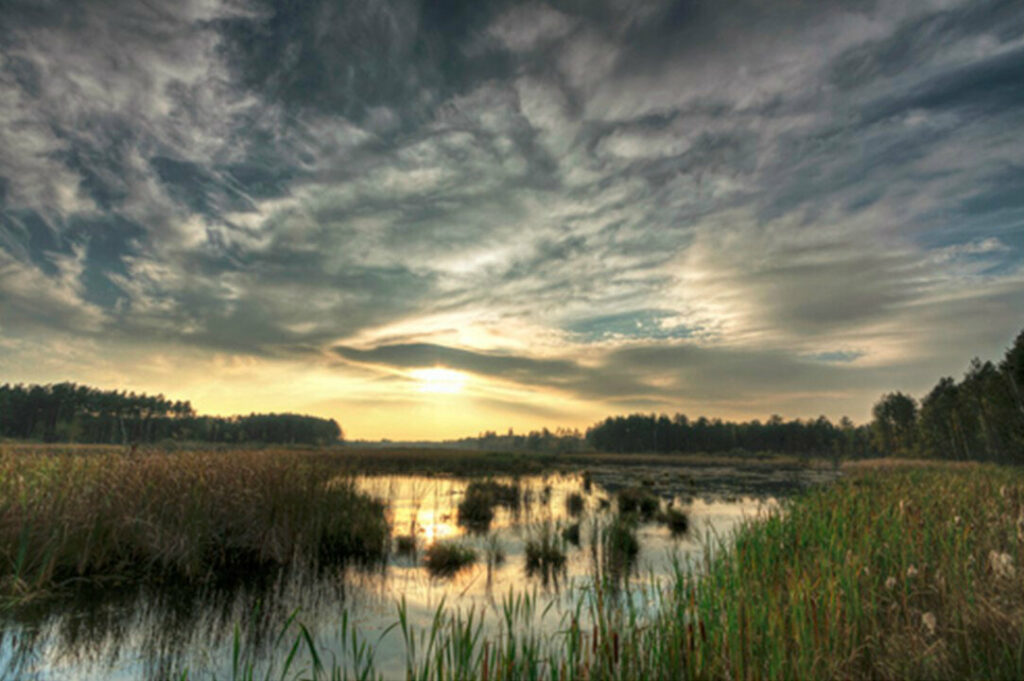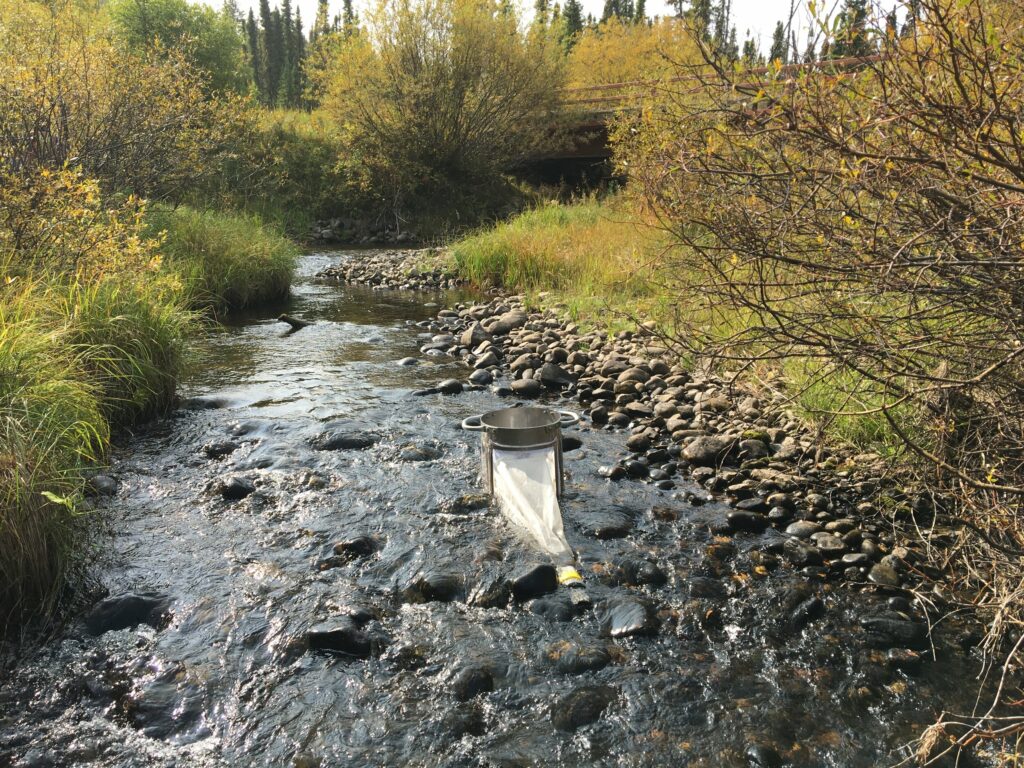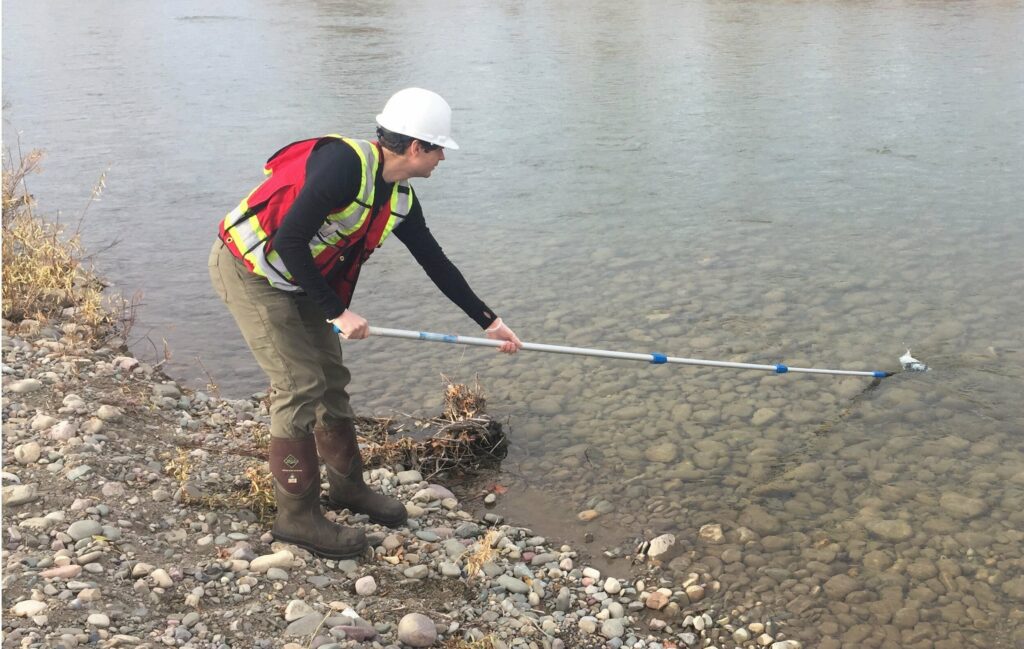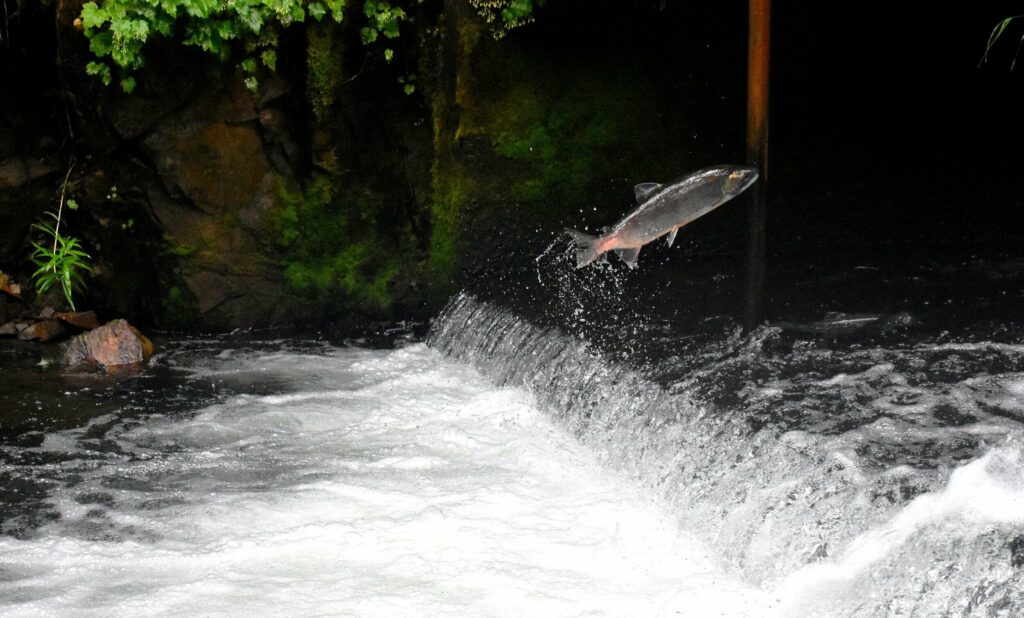All life depends on water. Monitoring the health of water bodies, such as streams and lakes, is extremely important to ensure we manage this vital resource effectively. We can assess aquatic communities with a suite of biological, chemical, and physical measurements to form a picture of overall aquatic health. To test for chemicals, water samples can be used to provide a snapshot of nutrients, trace metals and alkalinity in the water at a specific point in time (when the sample was taken), while monitoring of physical measurements, like benthic macroinvertebrates, provides an assessment of chronic effects over time. Collecting both chemical and physical data provides a comprehensive approach for evaluating aquatic health and are complements to Benthic Biomonitoring.






